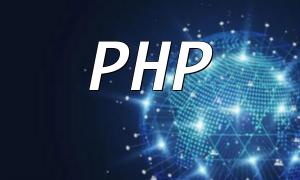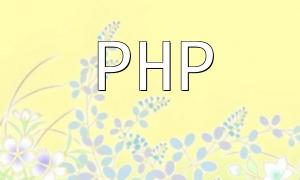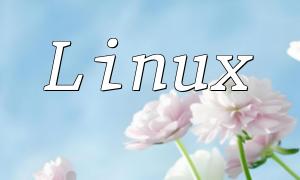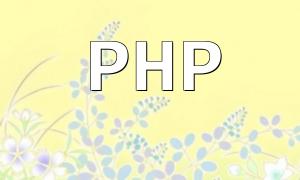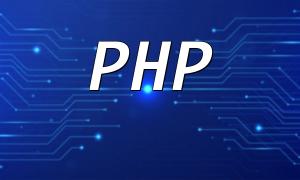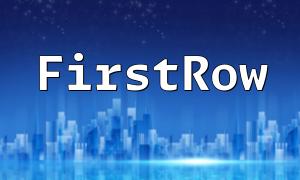Before you start configuring the PHP environment, make sure your CentOS system is updated to the latest version. Use the following command to update your system:
Installing PHP on CentOS is a simple process. First, you need to install some necessary dependencies:
Next, install PHP and its related modules:
Depending on your project requirements, you might need to install some common PHP extensions. Here are commands to install a few common ones:
Next, you need to configure the Apache server to support PHP. First, ensure that the Apache service is running:
Then, enable Apache to start automatically on boot:
Next, edit the Apache configuration file to properly handle PHP files:
In the configuration file, make sure the following lines are not commented out:
After completing the configuration, you can create a simple test file to verify that PHP is working properly. Go to Apache's root directory (usually /var/www/html) and create a file named info.php:
Add the following code to the file:
After saving the file, visit http://your_server_ip/info.php in your browser. If you see the PHP info page, PHP has been successfully configured.
To keep your PHP environment secure, regularly update your PHP version and extensions. Additionally, consider using SELinux and a firewall to further enhance your server's security.
By following these steps, you can successfully configure and maintain a stable, secure PHP development environment.
